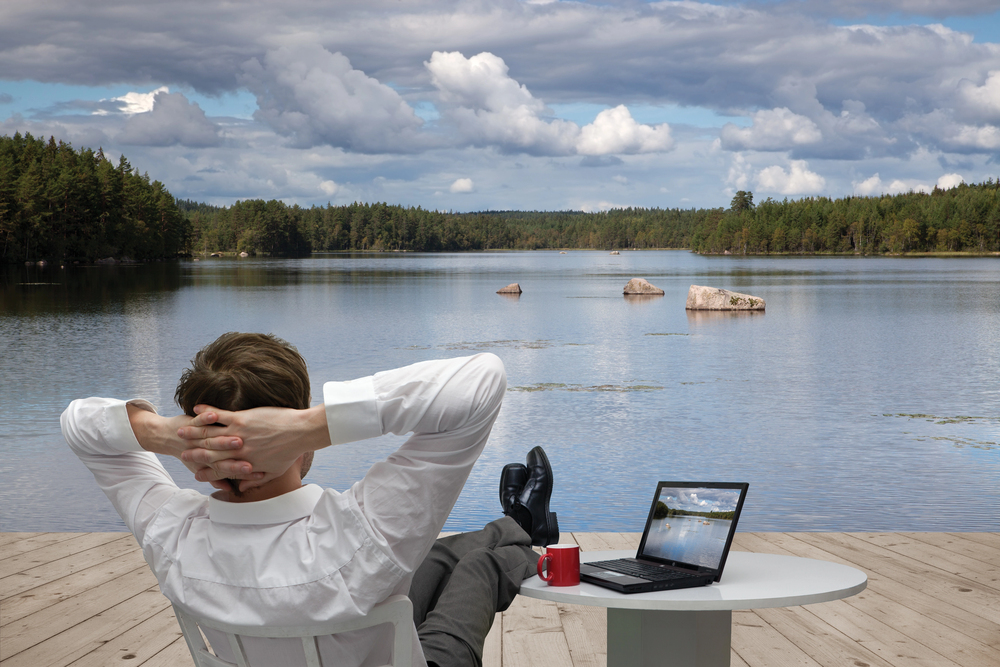Stress is an inevitable part of modern life, but its impact on physical and mental health can be profound, manifesting as headaches, fatigue, anxiety, and even chronic conditions like heart disease.People do lots of differnt activities to unwind from playing slotozen casino games or using some of the many techniques we are going to explore today. Relaxation techniques offer a powerful, accessible way to manage stress, improve well-being, and enhance resilience. These methods, ranging from deep breathing to progressive muscle relaxation, are simple to learn, often free, and can be practised anywhere. By incorporating relaxation into daily routines, individuals can mitigate the harmful effects of stress and foster a healthier, more balanced life.
Physical and Mental Toll
Chronic stress triggers a cascade of physical symptoms, including tension in the neck and shoulders, dizziness, poor sleep, and persistent fatigue. These arise from elevated levels of cortisol, a stress hormone that disrupts brain function, leading to mental challenges such as poor concentration, indecisiveness, and uncontrollable thoughts. Emotionally, stress can cause irritability, anxiety, low self-esteem, and depression, while also exacerbating mood disorders. Behavioural changes, such as aggression, avoidance, poor communication, or increased reliance on alcohol or smoking, are common under prolonged stress.
The physiological byproducts of stress hormones can act as sedatives, contributing to a sustained sense of low energy or even depression. This fatigue can erode motivation and self-esteem, creating a cycle that’s hard to break. Left unchecked, chronic stress increases the risk of serious health issues, including cardiovascular disease and chronic pain, underscoring the need for effective stress management strategies.
Why Relaxation Matters
Relaxation is more than a luxury; it’s a vital process that counteracts stress’s harmful effects. When relaxed, blood flow increases, delivering more energy and aiding nutrient absorption, which strengthens the body’s defences against disease. Relaxation slows heart rate, lowers blood pressure, and relieves muscle tension, while also promoting clearer thinking, better memory, and improved decision-making. By reducing cortisol levels, relaxation techniques enhance focus, mood, and sleep quality, while decreasing anger, frustration, and fatigue.
Health Improvements
Relaxation techniques offer a wide range of physiological benefits. They slow heart rate and breathing, lower blood pressure, and improve digestion, which can help regulate blood sugar levels. By reducing stress hormone activity, these methods increase blood flow to major muscles, easing tension and chronic pain. Mentally, relaxation boosts focus, elevates mood, and enhances confidence, equipping individuals to handle challenges more effectively. Regular practice can also reduce fatigue, improve sleep, and foster a sense of calm, making daily tasks feel more manageable.
Complementary Strategies
To maximise the benefits, relaxation techniques should be paired with other positive coping methods. Maintaining a healthy diet, exercising regularly, and getting enough sleep support physical resilience, while positive thinking, humour, and problem-solving enhance mental fortitude. Effective time management, spending time outdoors, and connecting with supportive friends or family further reinforce stress resilience. Together, these practices create a holistic approach to well-being, amplifying the impact of relaxation.
Autogenic Relaxation
Autogenic relaxation uses self-generated imagery and body awareness to reduce stress. Practitioners repeat calming words or phrases mentally, visualising peaceful settings or focusing on physical sensations like relaxed breathing or a slower heart rate. For example, imagining a tranquil forest while consciously relaxing each limb can ease muscle tension and promote calm. This technique is ideal for those who respond well to internal cues and can be practised in quiet moments at home or work.
Progressive Muscle Relaxation
Progressive muscle relaxation involves tensing and then relaxing each muscle group to heighten awareness of physical tension. Starting at the toes and moving up to the head—or vice versa—individuals tense muscles for about five seconds, then relax for 30 seconds, repeating the process. This method, best done in a quiet, uninterrupted space, helps distinguish between tension and relaxation, making it easier to recognise and address stress-induced tightness in daily life.
Visualisation
Visualisation involves creating mental images of calming places or situations, engaging multiple senses to deepen relaxation. For instance, picturing a beach might include the smell of salt water, the sound of waves, and the warmth of the sun. Practised in a quiet setting with eyes closed and loose clothing, this technique encourages positive thinking and present-moment focus, helping to alleviate stress. It’s particularly effective for those who find comfort in vivid imagery.
Additional Methods
Other relaxation techniques include deep breathing, which slows the heart rate and calms the mind, and meditation, which can be guided by apps for beginners. Physical practices like yoga and tai chi combine movement with mindfulness, while massage, aromatherapy, and hydrotherapy soothe the body. Biofeedback uses technology to monitor physiological responses, helping individuals control stress reactions. Creative outlets, such as music or art therapy, offer emotional release, providing diverse options to suit individual preferences.
Practising Relaxation Effectively
Building a Routine
Relaxation techniques are skills that improve with regular practice. As individuals become more attuned to their body’s stress signals—such as muscle tightness or rapid breathing—they can apply techniques promptly to prevent stress from escalating. Short, frequent sessions, such as five-minute breathing exercises or quick visualisations, can be scheduled throughout the day to maintain energy and reduce stress. For example, a brief walk while focusing on the surroundings—trees, clouds, or sunlight—can refresh the mind during a busy workday.
Overcoming Challenges
Patience is key, as relaxation may feel unfamiliar or difficult at first. If one technique, like meditation, doesn’t resonate, trying another, such as progressive muscle relaxation, may yield better results. For those with serious mental health conditions or histories of trauma, some techniques may cause emotional discomfort. In such cases, it’s essential to stop and consult a healthcare or mental health professional for tailored guidance. The goal is to find a relaxation method that feels sustainable and effective without becoming an additional source of stress.
Relaxation at Home
Incorporating relaxation into home life is equally important. Simple activities like listening to music, reading, taking a hot bath, or exercising can provide calm. Creative pursuits, such as painting or writing, and social connections, like chatting with a friend, also promote relaxation. These low-cost, accessible options make it easy to build a stress-relief routine that fits individual lifestyles.
Quick Relaxation Tips for Daily Life
Five-Minute Boosts
To maintain energy and manage stress, schedule short relaxation breaks during the day. Focus on deep breathing for a minute, inhaling slowly through the nose and exhaling through the mouth. Try a quick meditation session, using an app if needed, or practise progressive muscle relaxation by tensing and releasing key muscle groups. Visualise a calming scene, like a quiet lake, for a mental reset. A gentle walk, noting the sights and sounds around you, can also recharge your mind and body.
Starting the Day Right
Begin each day with a relaxation practice to set a positive tone. A brief yoga session, a few minutes of deep breathing, or a moment of gratitude can prepare you for daily challenges. Throughout the day, pause to refresh, ensuring stress doesn’t accumulate. These small, sustainable habits can significantly enhance energy, motivation, and overall happiness.
A Path to Better Well-Being
Relaxation techniques offer a practical, low-risk way to combat stress and improve health. By slowing heart rate, reducing blood pressure, and easing tension, these methods address the physical and mental effects of stress, from fatigue to anxiety. Whether through visualisation, deep breathing, or yoga, finding a technique that resonates can transform daily life, boosting focus, mood, and resilience. With regular practice and complementary lifestyle changes, relaxation empowers individuals to take control of stress, fostering a healthier, more balanced future.

